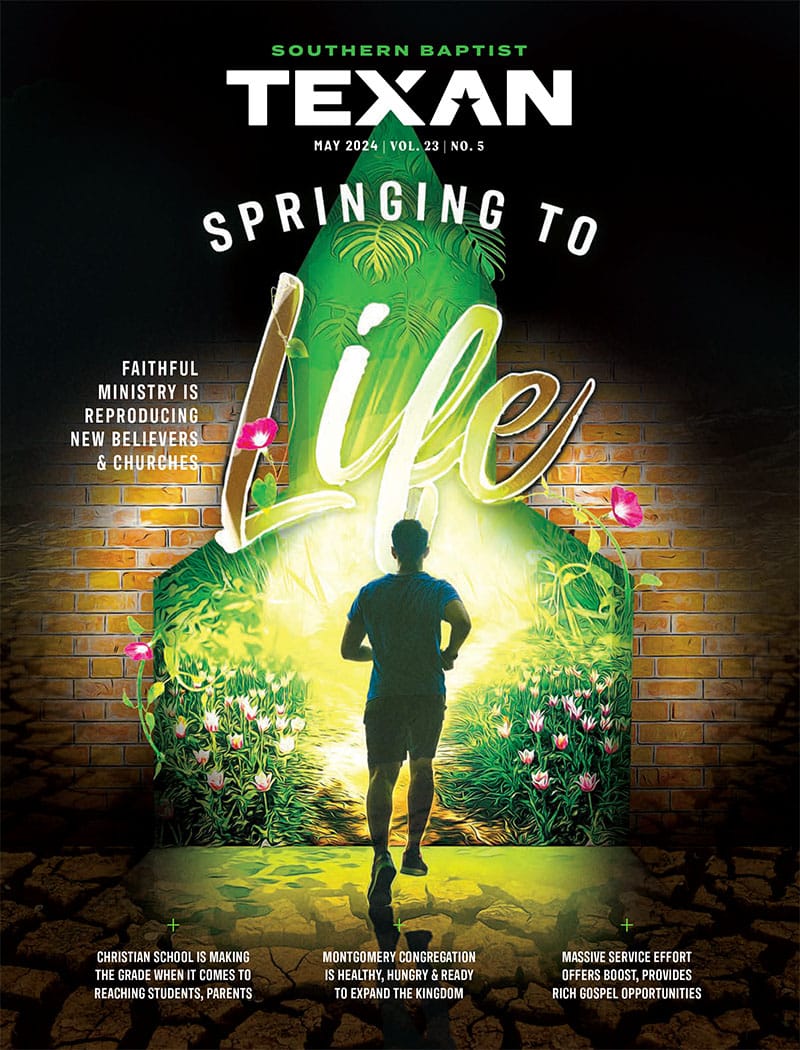“Hedwig” is a 9-year-old boy who enjoys dancing to pop music. “Patricia” is a well-dressed woman who likes to put people at ease. “Dennis” is a violent man who relishes kidnapping young women and placing them in his dungeon.
They all reside within the mind of Kevin Wendell Crumb, who has 24 personalities and who is the disturbed individual at the center of Split (PG-13), the year’s most surprising hit and the top-grossing film (so far) of 2017.
Kevin (James McAvoy) can be warm and gracious, such as when he visits the home of his psychiatrist, Dr. Karen Fletcher (Betty Buckley), or he can be downright evil, such as when he carjacks an automobile with three high school girls and locks them up in his home.
Split was written and directed by M. Night Shyamalan, the same filmmaker who brought us The Sixth Sense (1999), Signs (2002) and The Visit (2015), and it stars McAvoy, who is known for his role as Professor X in the X-Men movies and as Mr. Tumnus in The Lion, The Witch and the Wardrobe.
Split has an incredibly creative plot for a psychological thriller, even if its basic premise—can the girls escape before he kills them?—is as old as Hollywood itself. Dennis suffers from dissociative identity disorder (DID), which supposedly began as a youngster as a way for his mind to cope with the pain caused by psychological and physical abuse from his mom.
But DID isn’t the typical split-personality condition seen in our real-life world. According to Dr. Fletcher, the personalities are literally multiple people living within the same body, complete with different IQs and physical abilities. That’s why Kevin’s 24th personality—“The Beast”—is so dangerous. The Beast supposedly is far stronger and angrier than any of the other personalities.
Still, we’ve got to ask: Is Split a film that families can enjoy together?
The Good
Warning: spoilers ahead!
Dr. Fletcher’s views are the stuff of science fiction, but her deep desire to help Dennis and others with DID is commendable. “My patients have become my family,” she says. She even puts her life on the line toward the movie’s end.
The film has a nice anti-bullying message. The trio of females that Dennis locks up is comprised of two popular girls and a loner, but they come together (for the most part) to try and find a way out. (The loner girl, Casey, was invited to the birthday party of one of the girls, after which they all were kidnapped.) The girls are likeable, making it easy for moviegoers to cheer for them in their quest to escape.
Finally, McAvoy is terrific, demonstrating a range of emotions and characters that is rare for an entire career—much less in a single movie.
The Bad
Not surprisingly, Split is a very violent film, even if it does not give us the wall-to-wall gore seen in horror flicks. And while the girls are never tortured in the common use of the term, the final 20 minutes delivers enough suspense, blood and stomach-turning shock that you’ll likely walk uneasy to the car. That’s because Dennis finally turns into The Beast and—spoiler alert!—begins eating two of the girls. (We see one of them disemboweled, and we hear and sort of see him eating another one.) He also kills a third character by giving her a bear hug and cracking her spinal column. (I’ve got to pause here and ask: Why am I supposed to find cannibalism entertaining?)
Split succeeds as a psychological thriller, showing The Beast climbing walls and surviving point-blank gunshots, but it requires a suspension of common sense that made it less scary to me. Still, Split is a film that will frighten most moviegoers. (Dennis calling himself “we” throughout the film is eerie enough.)
The movie contains about 10 coarse words: a–(3), sh–(2), misuse of “God” (1), misuse of “Jesus” (1), he–(1), OMG (1), f-word (1). It has no sexuality, although at the beginning of the film Dennis forces one of the girls into a room alone with him. (She urinates on him, making him angry; she later says he wanted to dance with her.) One of the girls is forced to walk around in her bra for a few short scenes and another girl walks around in her underwear for a couple of scenes. During a flashback, we also learn that one of the teens was sexually abused as a young girl; nothing is seen.
My biggest complaint about Split, though, is the ending. I like movies where good clearly wins, evil is defeated, and I can drive home with positive vibes. Instead, the filmmakers give us none of that.
The Worldview
Perhaps it’s a slight stretch, but Split should force us to ask: Do we have split personalities? I’m not referencing dissociative identity disorder or anything that would be diagnosed by a psychiatrist. I’m talking about how we act throughout the week: We’re one “person” at church and a different “person” at work. And then a different “person” at home, where our old sinful nature is most seen. We wear masks, not wanting people to see us as vulnerable sinners. Paul wrote: “For I do not do the good I want, but the evil I do not want is what I keep on doing” (Romans 7:19). It’s silly to think of split personalities as the movie proposes, but we also should acknowledge that we often try to hide our true self.
The Verdict: Family-Friendly?
Split deserves its PG-13 rating, and I would not take any child younger than 13 to see it. Maybe this one is OK for older teens—maybe—but that’s a decision each family will need to make.
Discussion Questions
In what ways is the movie realistic? Not realistic? Is it ever OK to say “the devil made me do it”? Which girl did you most relate to? Do Christians sometimes have “split personalities” in the way they conduct themselves at church, work and at home? Why we are drawn to scary movies? Are scary movies a good thing, bad thing, or neutral? (Explain your answer.) Did you like the ending? Why or why not?
Split is rated PG-13 for disturbing thematic content and behavior, violence and some language.
Entertainment rating: 2.5 out of 5 stars. Family-friendly rating: 2 out of 5 stars.











